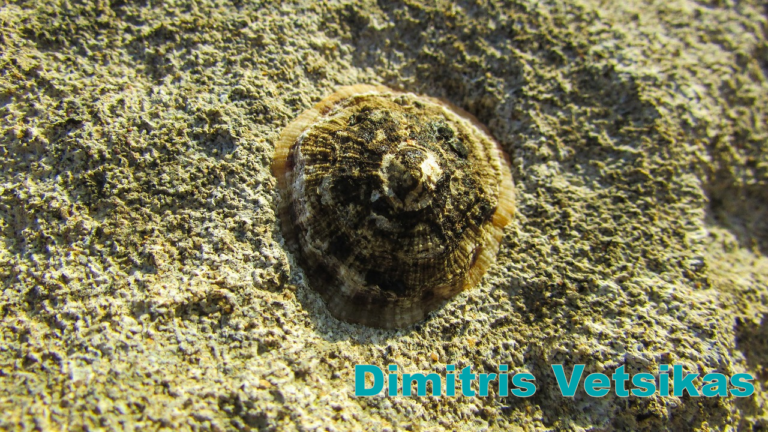Norway Lobster (Nephrops norvegicus)

Norway Lobster (Nephrops norvegicus)
- Taxonomy: Norway lobster, also known as Nephrops norvegicus, belongs to the Nephropidae family, commonly referred to as true lobsters. Its closest relatives include other lobster species like the American lobster.
- Species: Also called Dublin Bay prawn or scampi, Norway lobsters are found in the northeast Atlantic, the North Sea, and the Mediterranean.
- Habitat: Norway lobsters live in burrows on muddy seabeds, usually at depths between 20 and 800 meters. They are more active during twilight hours, emerging from their burrows to feed.
- Diet: They are carnivorous, feeding mainly on small fish, worms, and other invertebrates. Their strong claws help them capture and crush their prey.
- Reproduction: Females carry their eggs for around nine months before hatching, typically in the spring. The larvae are planktonic before settling on the seabed to mature into adults.
- Conservation: While they are heavily fished for culinary use, their population is generally stable due to regulated fishing practices in most regions.
- Anatomy: Norway lobsters have a slender body with large claws and long, thin antennae. Their coloration is usually orange-pink.
- Lifespan: These lobsters can live up to 10 years, but many are caught before reaching this age due to their popularity in the food industry.
The Secret Life of the Norway Lobster
When people think of lobsters, they often picture large crustaceans crawling on rocky seabeds. But the Norway lobster, though much smaller than its American cousin, has an equally fascinating life under the sea.
What is a Norway Lobster?
The Norway lobster, also known by its scientific name Nephrops norvegicus, is a small lobster species that inhabits muddy seabeds across the northeast Atlantic and parts of the Mediterranean. This species is well-known for its role in European cuisine, particularly as “scampi.”
These lobsters are nocturnal creatures, emerging from their burrows at dusk to hunt for food. Their burrowing behavior not only provides them shelter but also helps the seabed ecosystem by aerating the mud and recycling nutrients.
A Delicate Predator
Despite their small size, Norway lobsters are skilled predators. They use their sharp claws to capture prey like small fish and worms, crushing them before consuming them. Unlike many other crustaceans, they don’t rely heavily on scavenging and are active hunters.
A Long Journey to Adulthood
Reproduction in Norway lobsters is an intricate process. After mating, the female carries the fertilized eggs under her abdomen for up to nine months. When the eggs hatch, the larvae float freely in the water for a few weeks before they settle on the ocean floor. This stage is critical, as young Norway lobsters face many dangers from predators before they can burrow and mature.
Guardians of the Seabed
Norway lobsters play a vital role in their ecosystem. By burrowing into the muddy seabed, they help oxygenate the sediment and recycle nutrients, supporting the surrounding marine life. However, they are also heavily fished for their tender meat, and while they are not endangered, sustainable fishing practices are necessary to maintain healthy populations.
Conclusion
The Norway lobster may be small, but it plays an important role in the underwater world. From their hunting prowess to their vital role in seabed health, these lobsters are key players in their environment. As divers, understanding and respecting these creatures helps preserve the delicate balance of our oceans.






